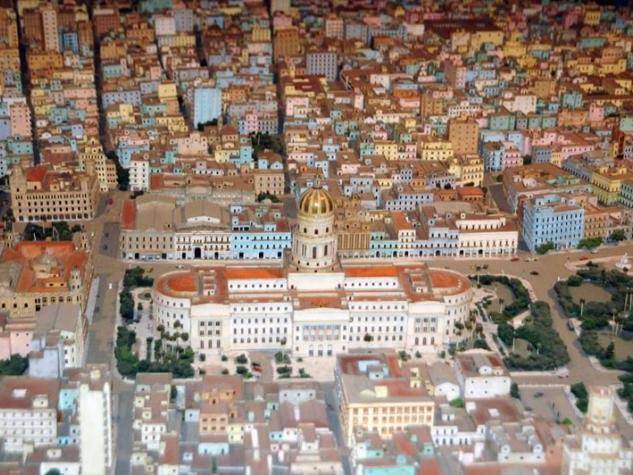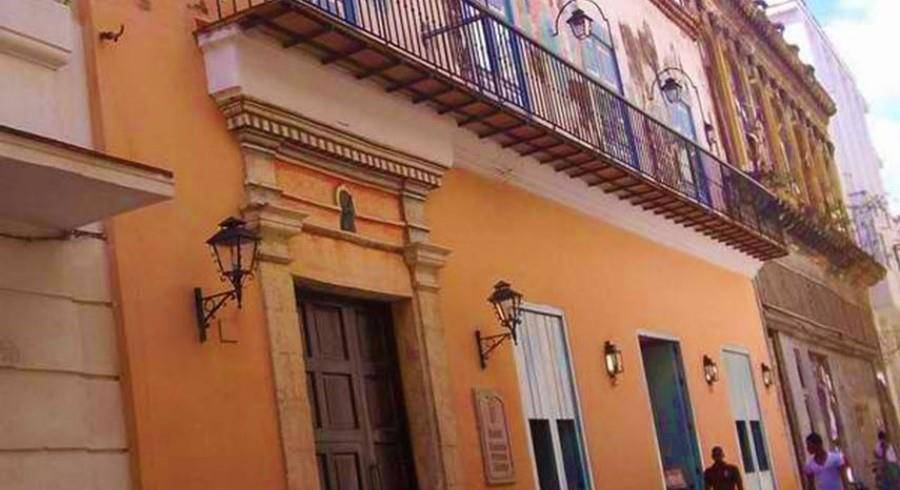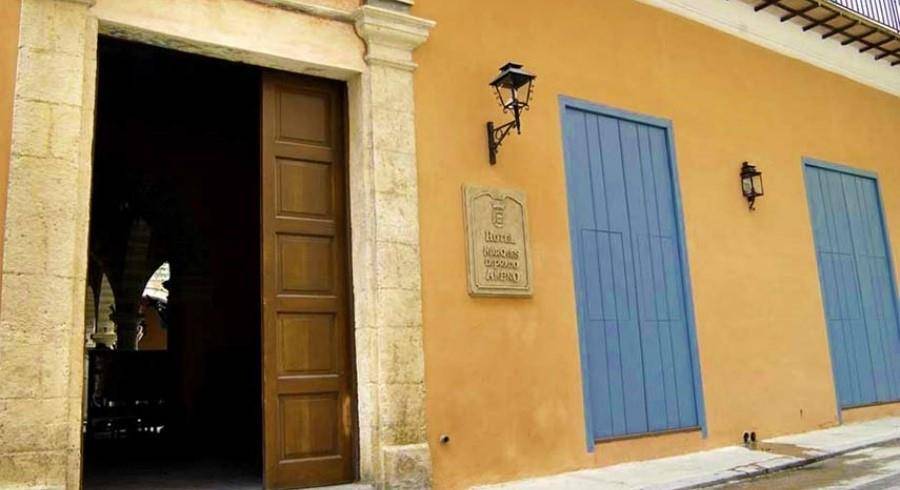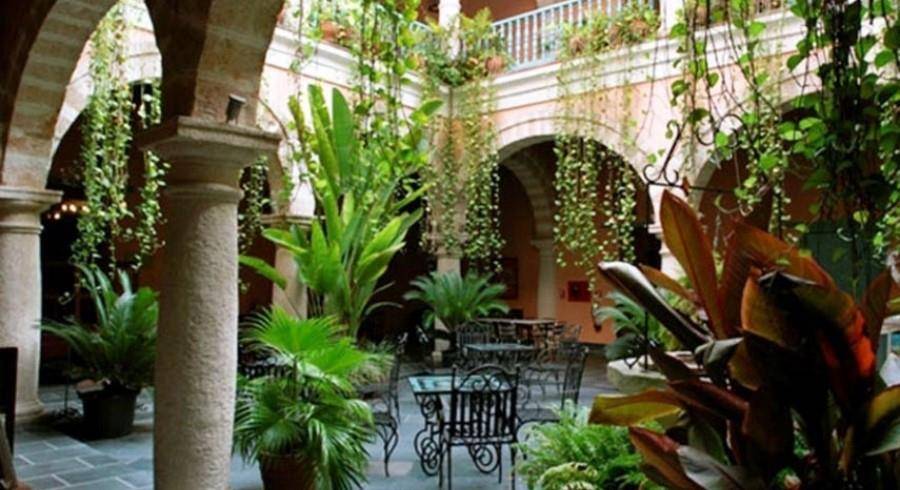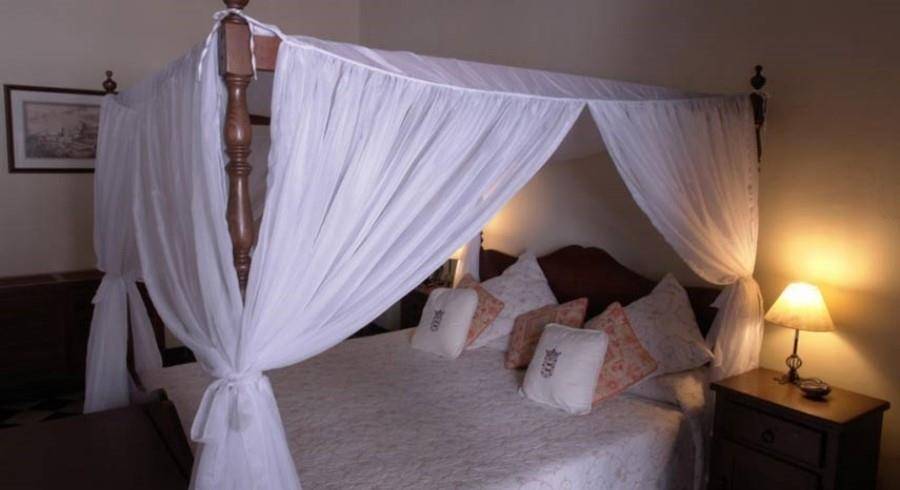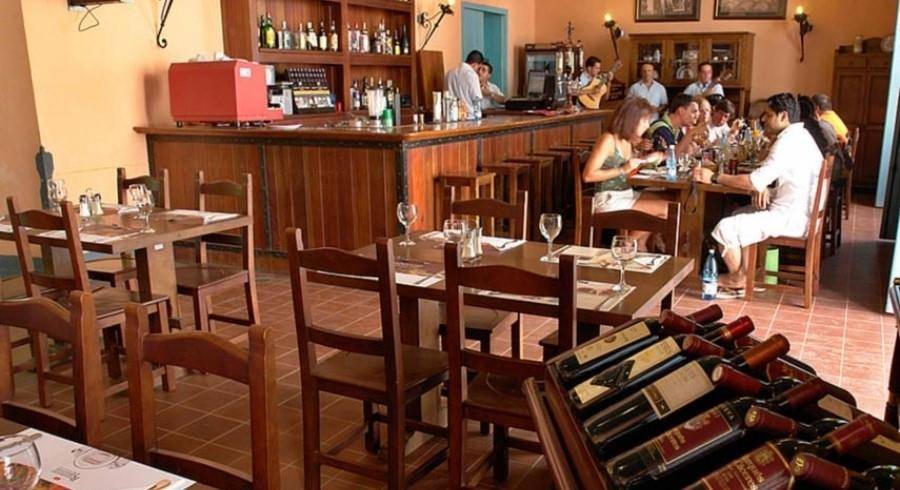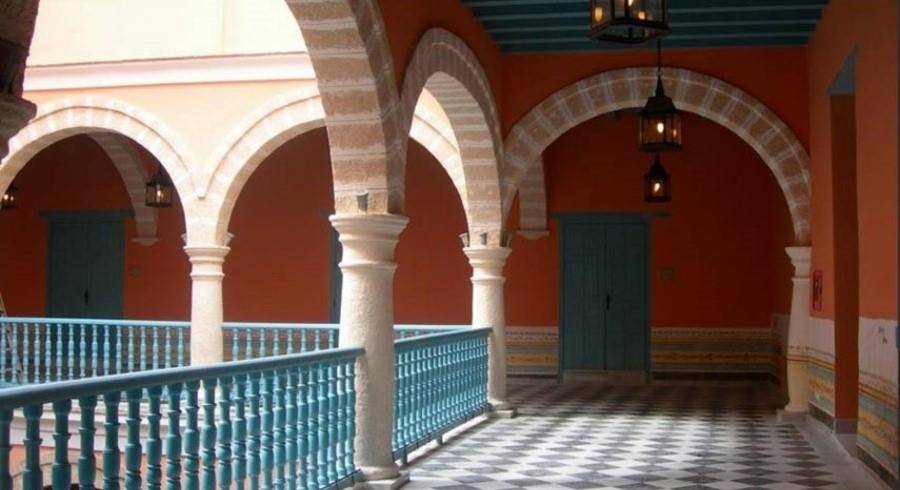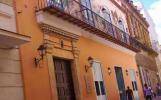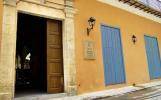About
Marques de Prado Ameno
The newly re-opened (April 2008) boutique property, Hotel Marques de Prado Ameno, is located on O'Reilly Steet metres from Obispo Street and nearby Plaza de Armas, Plaza de la Catedral and Parque Central squares. The hotel is named after the prominent family that lived there and turned the colonial 18th century mansion into a hotel.
This smaller boutique 4-star hotel, backing up to the popular and elegant Hotel Florida, offers greater intimacy. Its plain exterior on Calle O'Reilly belies the aristocratic beauty beyond the huge carriage doors, where airy loggias held aloft by arches of local limestone surround an atrium courtyard framed by lathe-turned rejas (grills) on the upper level.
Delightful touches include the original black and white marble floors, pendulous wrought-iron lanterns, and fragments of ancient murals adorning the walls, while relics discovered during archaeological digs grace the guest rooms and public spaces. And a thoughtful color scheme of rose and robins-eggshell-blue produces satisfying sensations of calm. A highlight is the old-style tavern that opens directly onto Calle O'Reilly.
We love the 16 standard rooms and three suites (with Internet modems and decorated with restored murals from the 18th and 19th centuries), including some dedicated for non-smokers. No tacky furnishings here! Mahogany antique reproductions stand atop marble floors, and the modernized bathrooms are elegantly fitted out. All are air-conditioned and have satellite TVs, phones, minibars, in-room safes, and hair-dryers. All in all, a lovely place!
